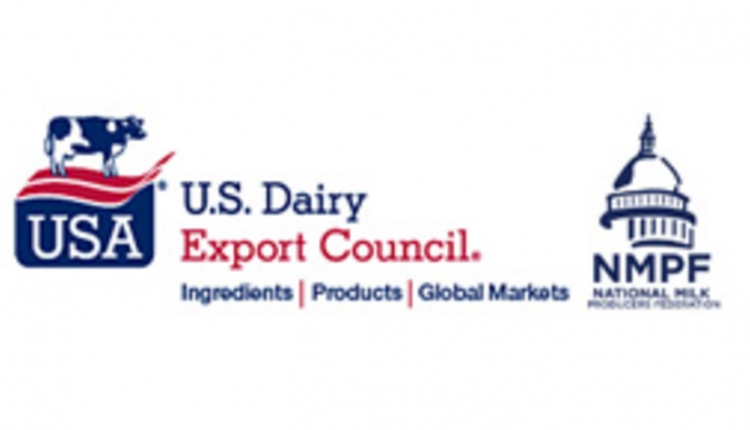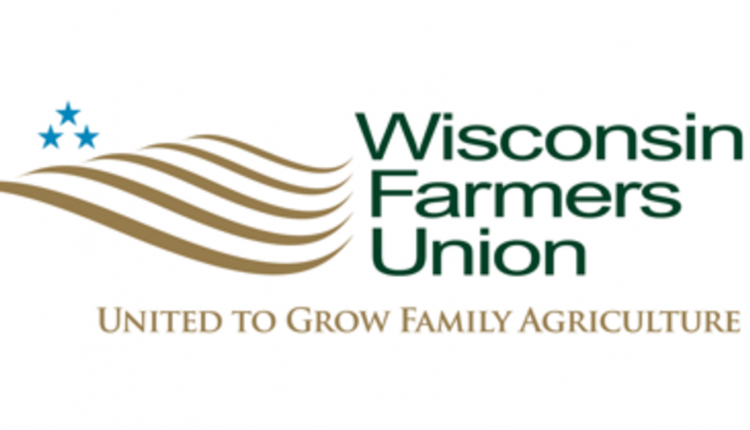DAIRY FARMS THAT INCUR MILK LOSSES related to highly pathogenic avian influenza (H5N1) can now apply for assistance through USDA’s Emergency Assistance for Livestock, Honeybees, and Farm-raised Fish Program (ELAP). ELAP provides emergency relief to assist with losses due to disease, adverse weather, or other conditions not covered by other Farm Service Agency (FSA) disaster assistance programs.
PAYMENTS WILL BE DETERMINED USING A PER HEAD rate based on the monthly All-Milk price and the national milk production average published by the National Agricultural Statistics Service. Eligible producers, with a confirmed positive H5N1 test on individual animals or bulk tank samples, should contact their local FSA office to apply.
MAY’S MILK OUTPUT WAS 0.9% LOWER THAN A YEAR AGO, marking the 11th straight month of reduced output and the largest year-over-year drop since last October. Production loss due to H5N1 is the culprit in some states; hot weather has played a role in other regions.
STATES WITH THE MOST MILK GROWTH included Florida (10.5%) and South Dakota (10.2%). Output was also up 1.1% in Wisconsin. Production dropped 14.7% in New Mexico and 8.3% in Georgia. Smaller losses were seen in other dairy states, including California (down 1.5%), Idaho (down 0.6%), Texas (down 0.3%), and New York (down 0.2%).
COW NUMBERS WERE ALSO DOWN IN MAY, contributing to lower national milk production, with 68,000 fewer head than the same month last year. On the flip side, cow numbers were up 5,000 head from April and have grown 27,000 head since the beginning of the year.
WHILE MILK PRODUCTION GROWTH HAS STAGNATED or even reversed, the same cannot be said for milk components. In fact, milkfat yield rose almost 12% from 2011 to 2023, while skim solids grew 2.5%. Note this trend in the chart below and read more on page 339.
THE DEMAND FOR BUTTER IS STRONG. In fact, butter prices rose 6.2% and reached a new record high of $3.25 per pound at the Global Dairy Trade (GDT) auction on June 18. At the CME, prices sit above $3 per pound, which is abnormal for spring and summer, and CME butter futures remain above $3 per pound through most of the year.
CHEESE STOCKS NORMALLY GROW IN SPRING, but that was not the case this year, with USDA reporting shrinking inventories in March, April, and May. May’s 1.443 billion pounds in storage was 3.7% less than a year earlier and the smallest May inventory since 2019. This is the result of strong exports, growing domestic demand, and reduced output.











